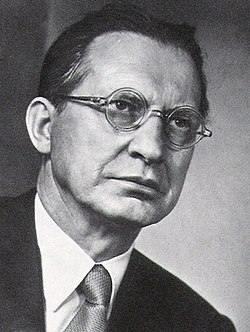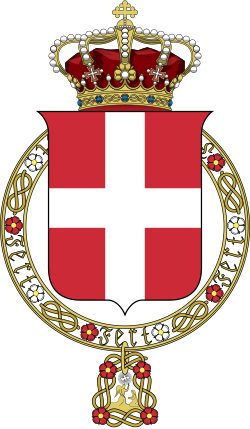| Office | Name | Party | Term |
|---|
| Prime Minister | Alcide De Gasperi | | DC | 10 December 1945–13 July 1946 |
| Deputy Prime Minister | Pietro Nenni | | PSIUP | 10 December 1945–13 July 1946 |
| Minister of Foreign Affairs | Alcide De Gasperi (ad interim) | | DC | 10 December 1945–13 July 1946 |
| Minister of the Interior | Giuseppe Romita | | PSIUP | 10 December 1945–13 July 1946 |
| Minister of Italian Africa | Alcide De Gasperi (ad interim) | | DC | 10 December 1945–13 July 1946 |
| Minister of Grace and Justice | Palmiro Togliatti | | PCI | 10 December 1945–13 July 1946 |
| Minister of Finance | Mauro Scoccimarro | | PCI | 10 December 1945–13 July 1946 |
| Minister of Treasury | Epicarmo Corbino | | PLI | 10 December 1945–13 July 1946 |
| Minister of War | Manlio Brosio | | PLI | 10 December 1945–13 July 1946 |
| Minister of the Navy | Raffaele de Courten | | Military | 10 December 1945–13 July 1946 |
| Minister of the Air Force | Mario Cevolotto | | PDL | 10 December 1945–13 July 1946 |
| Minister of Public Education | Enrico Molè | | PDL | 10 December 1945–13 July 1946 |
| Minister of Public Works | Leone Cattani | | PLI | 10 December 1945–13 July 1946 |
| Minister of Agriculture and Forests | Fausto Gullo | | PCI | 10 December 1945–13 July 1946 |
| Minister of Transport | Riccardo Lombardi | | PdA | 10 December 1945–13 July 1946 |
| Minister of Post and Telecommunications | Mario Scelba | | DC | 10 December 1945–13 July 1946 |
| Minister of Industry and Commerce | Giovanni Gronchi | | DC | 10 December 1945–13 July 1946 |
| Minister of Labour and Social Security | Gaetano Barbareschi | | PSIUP | 10 December 1945–13 July 1946 |
| Minister for Reconstruction | Emilio Sereni | | PCI | 10 December 1945–22 December 1945 |
| Minister for Post-War Assistance | Luigi Gasparotto | | PDL | 10 December 1945–13 July 1946 |
| Minister of Foreign Trade | Ugo La Malfa | | PdA | 9 January 1946–20 February 1946 |
| Mario Bracci | | PdA | 20 February 1946–13 July 1946 |
| Minister without portfolio (National Council) | Alberto Cianca | | PdA | 10 December 1945–19 February 1946 |
| Emilio Lussu | | PdA | 20 February 1946–13 July 1946 |
| Minister without portfolio (Constituent Assembly) | Pietro Nenni | | PSIUP | 10 December 1945–19 February 1946 |

